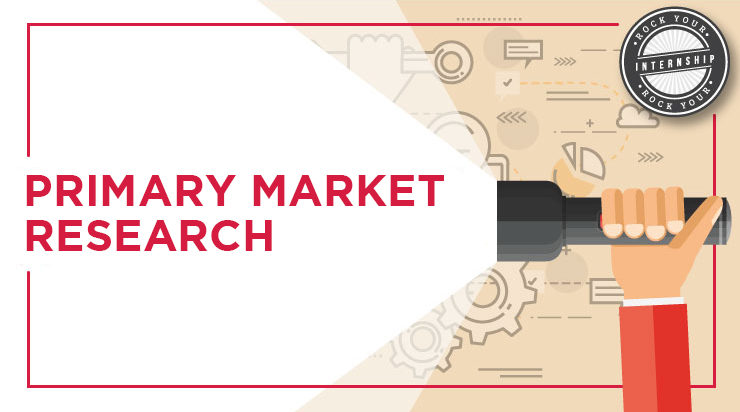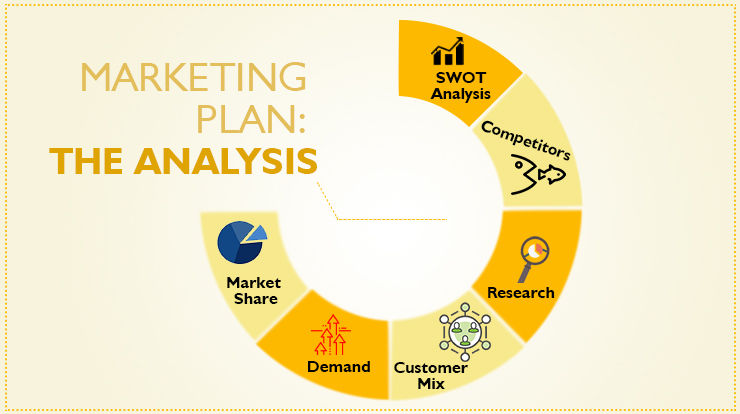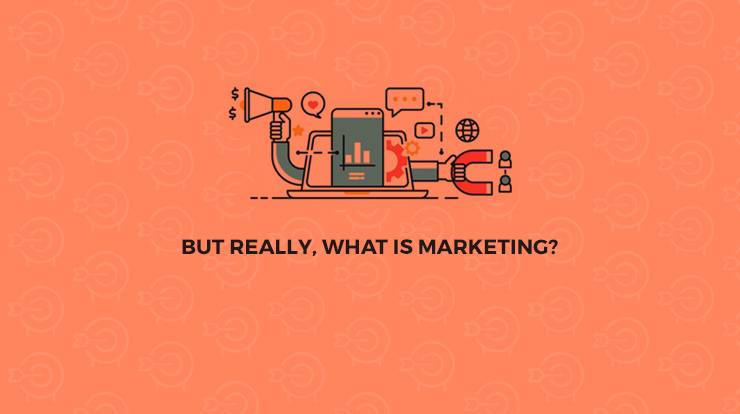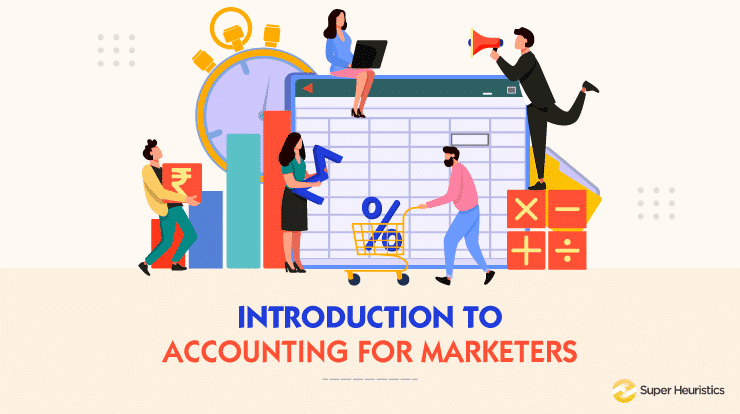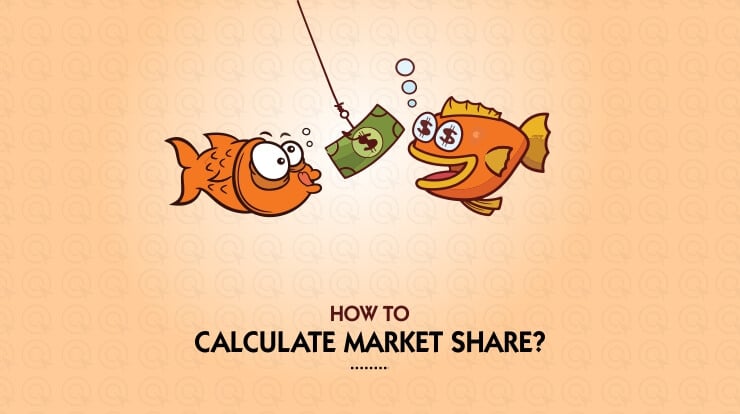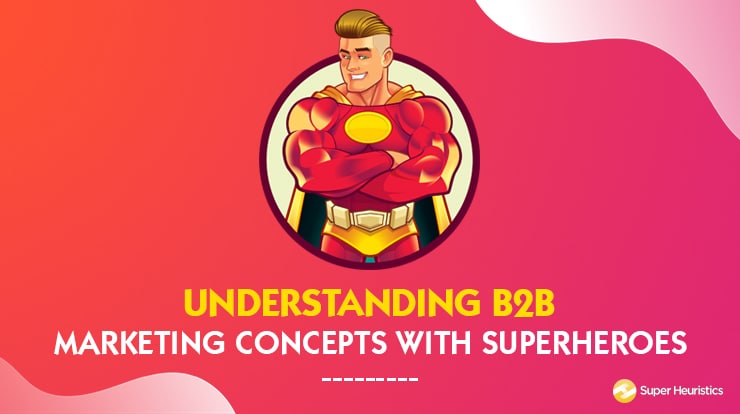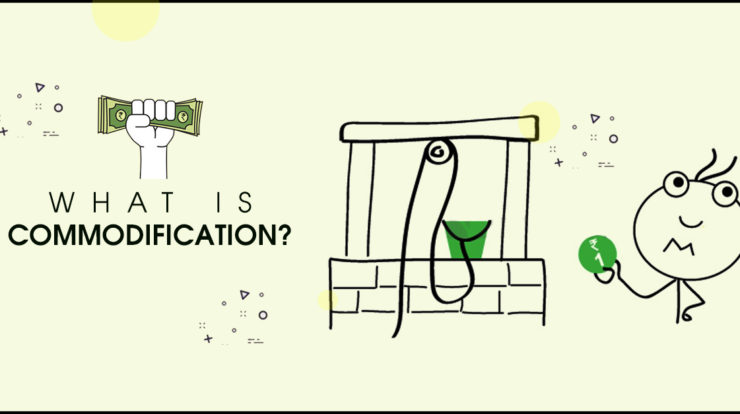
There is a compelling reason that makes me write a post about Commodification. And the reason came from a discussion I was having with a colleague from my last company.
We worked in the education sector, both of us in marketing roles. Though neither of us works for that company anymore, we were appreciating a few aspects of that industry that makes it strikingly different from any other industry.
Giving, or for that matter even facilitating, education is noble. It doesn’t really need a marketer to sell education as much as you’d need a brilliant one to make you stand out from the competitors.
Then what could be the most innovative pursuit of a marketer in the education sphere?
Maybe a program that doesn’t sell education, no teachers, no books, no content being transacted per se, but just the idea of self-studying is packaged and sold.
Not something like a library which offers you books and charges ‘usership’. Something similar to but still different from a gym, where you effectively just pay to work hard yourself.
Something more stripped down, in terms of the infrastructure, than the idea of a gym. Maybe just the idea of ‘self-studying leads to success’, just like ‘working out is the only way to be fitter’.
Both of us had digressed enough we knew. But here’s the crux of what we were thinking of – Commodification.
What is Commodification?
Commodification is the capitalist transformation of anything, which was earlier available without an upfront price, into tradable commodities.
Now, I have added a lot of things to that definition. And each truly justifies the process and the idea of commodification.
The concept of commodification is related to the Marxist theory which says that commodity plays a key role in the capital-driven – therefore ‘capitalistic transformation’.
Commodification assigns an economic value to every product which was earlier not counted in the economic terms, it is more of a profit-oriented concept.
If I have to put it in simpler words for the core Finance and Economics people out there, commodification sits close to the concept of arbitrage.
So what does this mean for a marketer like you? What should you make out of it?
The examples given below will give you an idea of some good and bad pursuits of marketers with commodification.
But before that, let’s just quickly look at this.
Difference between Commodification and Commoditization
I was saving this part for another article but it does deserve a mention here. Commodification is, as mentioned above in detail, the act of making money out of something that was earlier free. Monetize something that generally, across cultures has been there for free from the society.
Commoditization, however, is really different from this. Commoditization happens when a product loses it differentiation, in a competitive market, and that market comes to a lowest-price-wins situation.
When all the products in competition become effectively the same because of no differentiation, it would definitely come down to the price the customer has to pay to get them.
So, while a marketer will surely be looking at good ways of commodification, but she will always try to keep commoditization at bay.
Here are a few examples of how commodification is at play all around you.
Airbnb – Make most of the empty house and space
This is one of the smartest businesses ideas where the company has been catering to the need of both the host who wish to monetize their empty space and the visitors who look for an alternative to the hotels.
Airbnb has been valued at 30-billion-dollar in 2016 making it the second most successful start-up in 2016.
Let’s be clear, Airbnb did not commodify anything. But Airbnb thrives on a commodification that was already in the market in the form of paying guests and tenants. It’s just that Airbnb does it on a much larger scale.
What’s more? Package it in an even more beautiful way and you could milk the commodification even more.
So, it’s not only the room that Airbnb facilitates, but the services, the convenience that Airbnb offers allows them to increase the company’s sales and profits.
Water – the ultimate commodity
Kudos to Evian, a company that sells water like a luxury product. Evian and other mineral water companies are more examples of how some companies have creatively utilized commodification.
Another thing that I witnessed recently was, the same places which had free water taps (i.e. Railway stations) are now replaced with vending machines that allow you to draw the amount of water you want by putting in some coins.
When you want to buy a place in heaven
This goes back to my first year in MBA. In our Marketing class, we had to present a marketing plan for a product given to us by the faculty. The products were to be drawn out by each team from chits.
While, the other groups got stuff like ‘Pen’, ‘Laptop’, ‘Basketball Tournament’, we landed ourselves with ‘Heaven’.
This was undoubtedly the most exciting project among all the groups in our class.
We sold this product as ‘Karma Parivartan’, a service which allows you us to do good deeds on your behalf and with your money. In all honesty, this idea is a sham. At the same time, our packaging of this idea was really well received in the class.
What’s a bigger sham than this?
I visited a temple recently. There was a lady sitting outside the temple with her own cow, oh yes, now you got me!
She makes you purchase her grass (which is absolutely free for her) and she makes you feed that to her own cattle and charges money for the same.
Could there be a better business than this?
Nestlé’s breast milk blunder
I believe few things can never be commodified, and one of them is this. In 1977 Nestle has faced a major boycott because of its aggressive marketing for breast milk substitutes. Now, these campaigns were targeted at developing countries.
There were all kinds of problems when mothers in developing countries served this to their babies. Firstly, sanitation was any way poor in these countries and the water with which the formula was to be mixed was not clean.
And secondly, mothers mixing insufficient amounts of the Nestle substitute (obviously to make the whole thing economical) lead to nutrient deficient infants.
The “save the children”organizations have claimed that promotion of such breastfeeding milk formulas will nothing but absurd as it even cost lives of many infants.
The language used by the companies to sell their products as replacement of breast milk with new infant formulas can be completely misleading and one of the worst marketing strategies.
As it turns out, Nestle is now an active champion for breastfeeding.
Let’s buy pollution, shall we?
Yes, you read it right! People are now selling even pollution, and if you ask me who are the buyers of this commodity then let me tell you, that countries are fighting to get this.
What is it exactly? You know it.
It is called Carbon credits.
Carbon dioxide is one of the most released gases from the combustion of fuels. Carbon credits are a part of the international emission trading norms under UNFCC, and the central authority sets a limit with a cap on the amount of carbon that can be emitted.
Now, these limits are called as permits, so now if a firm wants to emit more than the limit then they have to buy the permits, so basically, we are trying to sell pollution or the right to pollute to the corporations.
One of the craziest examples of commodification so far.
This is also one of the prime reasons that our global warming is skyrocketing, but it is also helping our economies to reach skyrocketing sales.
Last year the carbon trading earned a profit of 5 billion dollars, unimaginable right?
Well, this is what commodification does, you won’t even know that you are a part of the chain, and you started paying for a thing that was free at one point in time.
Many times, when I am sitting to wonder, and collect random thoughts, well this was one of them!
I am sure it would be unimaginable sometime back, that people are paying for certain things.
Pure air for example (air purifiers, anyone?)
And someone has so nicely said, “if you are not paying for this, then probably you are the product!

